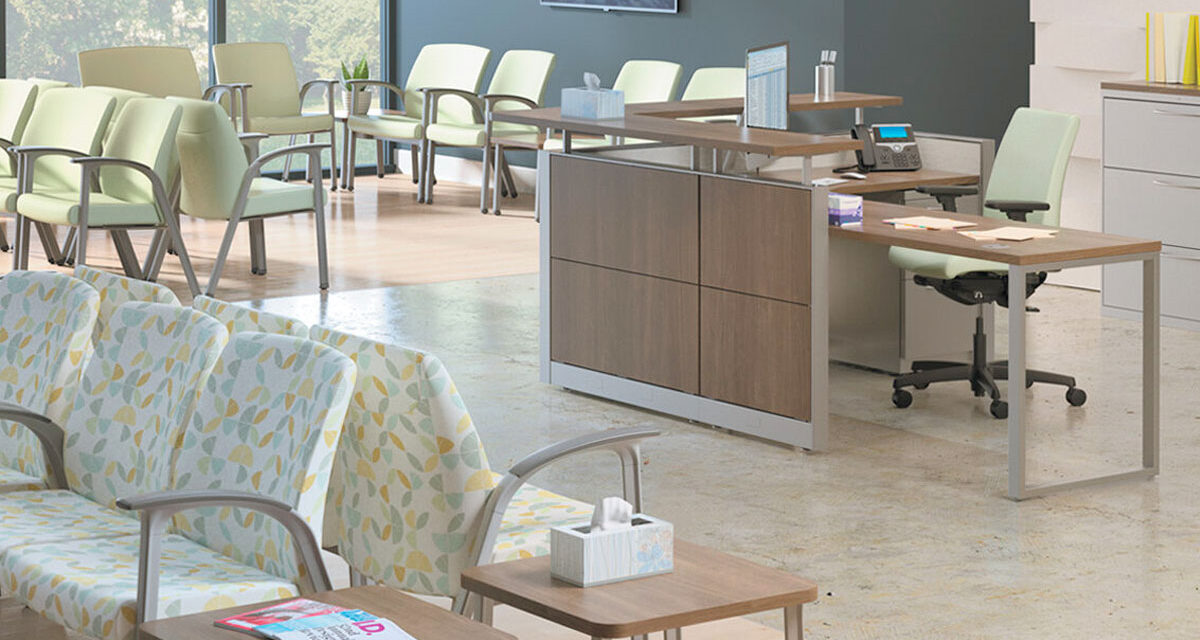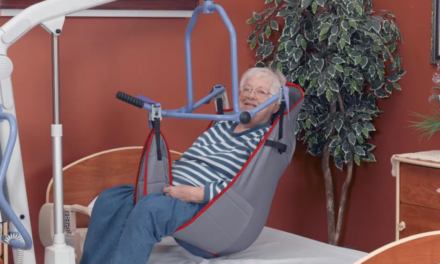Design plays a critical role in how psychiatric hospitals and behavioral health programs support individuals at every stage of care. From the highly secure environment of an inpatient psychiatric hospital room to the welcoming atmosphere of a behavioral health assisted living community, every space must be purpose-built to balance safety, dignity, and therapeutic benefit. By combining behavioral health facility design best practices, trauma informed design principles, and modern mental health interior design trends, care environments can meet regulatory requirements while actively contributing to healing. This guide explores four key levels of psychiatric care and the design strategies that help each one deliver better outcomes.
Inpatient psychiatric care – prioritizing safety and compliance
Inpatient psychiatric care delivers the most intensive level of support, with 24/7 clinical oversight in secure environments. Every design choice should focus on behavioral safety and meeting JCAHO behavioral health standards to protect individuals receiving care and the care team.
Patient rooms at this level benefit from ligature resistant products, tamper-proof behavioral health beds, and durable mental health furniture designed to reduce self-harm risks. Shatter-resistant fixtures and easy-to-clean surfaces support infection control, while meeting behavioral health furniture requirements ensures long-term safety and performance.
Incorporating trauma informed design principles, such as calming color palettes, controlled acoustics, natural light, and clear sightlines, creates an environment that feels safe without feeling institutional. This combination of behavioral health construction standards and healing by design strategies can enhance both safety and recovery.
Residential treatment – balancing comfort and control
Residential treatment provides structured care in a less restrictive setting than inpatient programs. Often part of behavioral assisted living or behavioral health assisted living communities, these environments must feel both safe and welcoming.
Merging behavioral safety products with thoughtful mental health interior design allows teams to create spaces that promote comfort and dignity. Furniture for mental health should be ligature resistant and durable yet have a residential aesthetic to help individuals feel at home. Flexible therapeutic furniture arrangements in common areas can support group interaction or quiet reflection, depending on need.
Access to nature plays an important role in recovery. Gardens, courtyards, and walking paths are powerful tools in a healing environment, supporting emotional well-being and independence. Combining behavioral health design guide standards with personalized touches can make residential programs more effective and restorative.
Partial hospitalization and day programs – designing for flexibility
Partial hospitalization and day programs (PHPs) offer structured, intensive therapy during the day while allowing individuals to return home in the evening. These settings require behavioral health facility design that supports a range of activities, from large group sessions to one-on-one therapy.
Spaces must be adaptable. Rooms that can quickly transition from group discussions to private consultations improve efficiency and comfort. Incorporating healing spaces like sensory rooms, mindfulness areas, and art studios supports varied therapeutic approaches. Natural light, noise control, and visual privacy contribute to a trauma informed environment that helps individuals feel safe and respected.
Because many PHPs operate in adaptive reuse projects, design must address safety retrofits, accessibility, and code compliance. Done well, these reimagined spaces can align with modern psychiatric hospital design trends while maintaining cost efficiency.
Outpatient care – creating community-based healing spaces
Outpatient care is the least restrictive level of psychiatric support and often serves as a step-down from higher levels or an entry point for individuals seeking help. These services are frequently located in adaptive reuse projects, such as renovated retail or office spaces transformed into behavioral health clinics.
Design at this level should make care approachable and stigma-free. Mental health interior design should focus on comfort and accessibility, while integrating discreet behavioral safety features and secure mental health furniture. Warm colors, natural elements, and intuitive wayfinding all help create a trauma informed environment that welcomes individuals into care.
Because outpatient programs rely on community integration, public-facing spaces like lobbies should feel open and inviting. Adding healing spaces such as quiet rooms or group lounges reinforces the idea that behavioral health care is collaborative, empowering, and built around individual needs.




